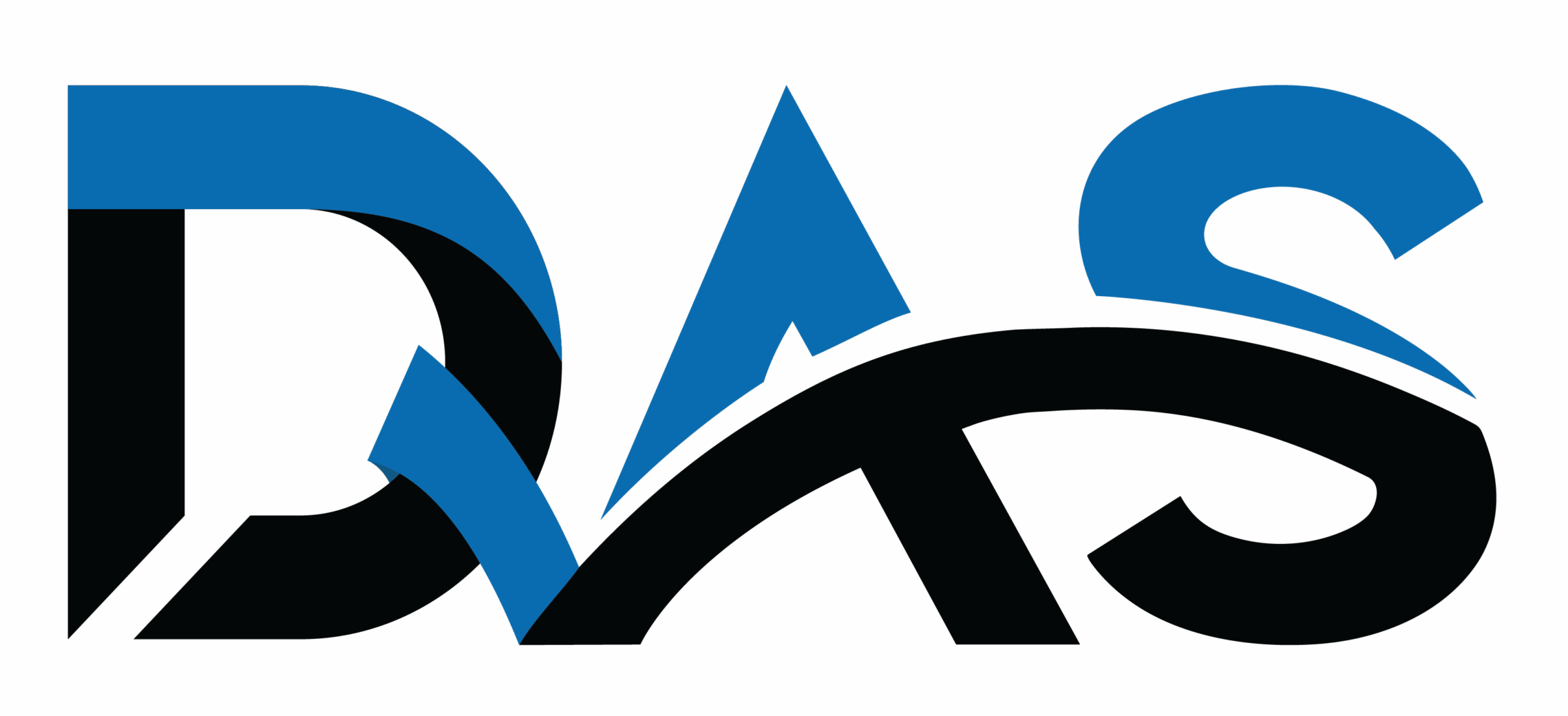ISO 45001 OHSMS
ISO 45001 – Occupational Health And Safety Management
DAS supports organisations in implementing ISO 45001 and other management system standards to help improve workplace safety, reduce risks, and promote the well-being of workers.
🌍 Recognised internationally as the benchmark for health and safety management, ISO 45001 provides a structured framework that enables organisations to demonstrate their commitment to creating safer working environments.
Key Benefits of Implementing ISO 45001 💡
- 👷 Protecting your workforce and promoting their welfare
- ⚖️ Demonstrating due diligence in meeting health and safety requirements
- 🌱 Establishing sustainable practices that improve resilience
- 🤝 Encouraging stakeholder participation to identify potential hazards and mitigate risks
With the increasing challenges in workplace safety, ISO 45001 offers a clear framework for improving working conditions. At its core is the principle of preventing work-related injury and ill health by providing safe and healthy workplaces.
About ISO 45001:2018 📘
Developed by the International Organization for Standardization (ISO), ISO 45001 sets out the requirements for an Occupational Health and Safety Management System (OHSMS).
- It replaces OHSAS 18001.
- Follows the Annexe SL structure, making it easier to integrate with other ISO standards such as:
- ✅ ISO 9001 (Quality)
- ✅ ISO 14001 (Environment)
Requirements of ISO 45001 🛠️
ISO 45001 is structured into 10 clauses, with key requirements including:
- Clause 4 – Context of the Organisation
Understand internal/external factors and stakeholder needs. - Clause 5 – Leadership and Worker Participation
Top management commitment, OH&S policy, defined roles, and worker consultation. - Clause 6 – Planning
Identify and assess risks, set objectives, and plan mitigation. - Clause 7 – Support
Provide resources, competence, awareness, communication, and documented information. - Clause 8 – Operation
Control processes, eliminate hazards, manage change, and ensure emergency preparedness. - Clause 9 – Performance Evaluation
Monitor performance, conduct audits, and review management systems. - Clause 10 – Improvement
Address incidents, nonconformities, and continually improve OH&S performance.
Benefits of ISO 45001 Certification 🌟
- ✅ Compliance with occupational health and safety requirements
- ✅ Reduction in workplace incidents and injuries
- ✅ Enhanced organisational reputation and worker confidence
- ✅ Increased employee engagement and morale
- ✅ Potential reduction in insurance costs and liabilities
- ✅ Improved operational efficiency through better risk management
- ✅ Recognition as an organisation committed to worker health and safety
